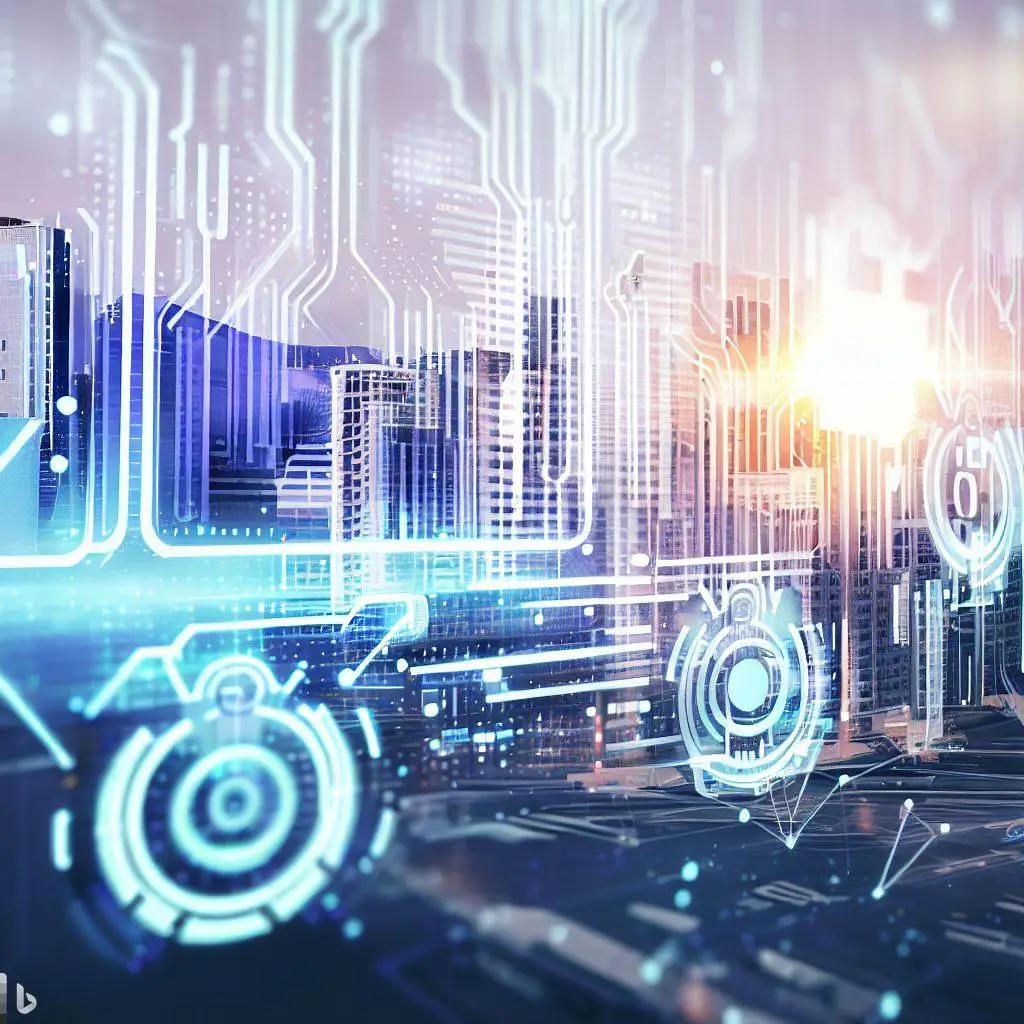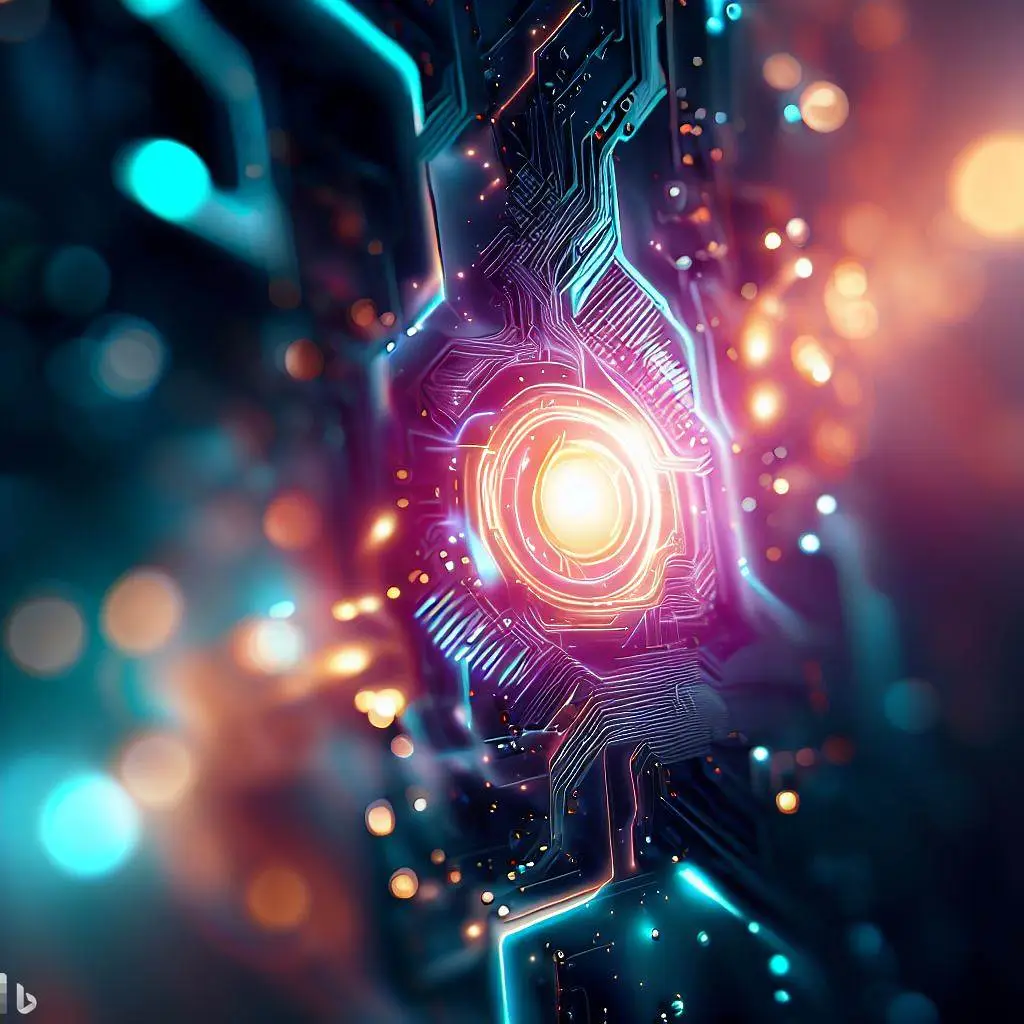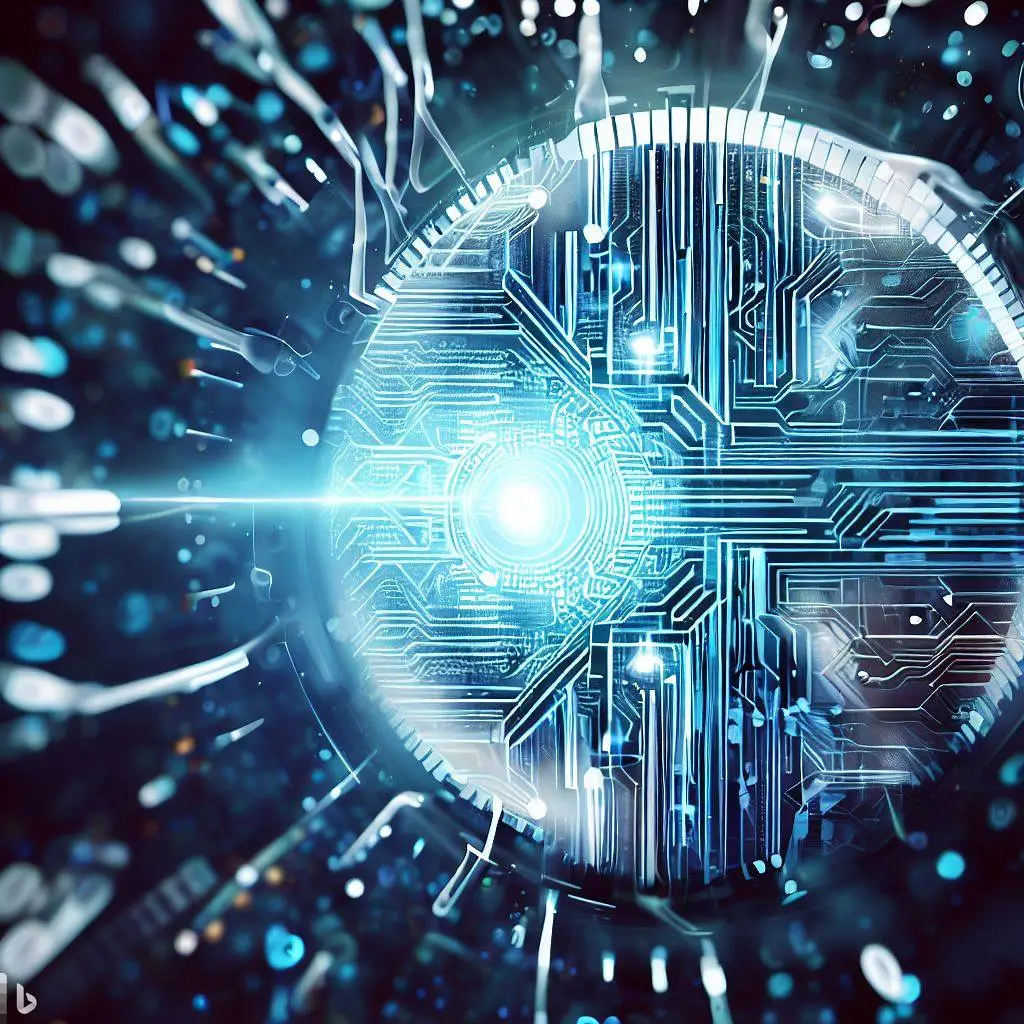The robotics industry is on an unprecedented growth trajectory, fueled by advancements in automation and the rise of generative AI. It’s been just over two months since we last delved into the job market within this dynamic field, and the pace at which companies are hiring continues to accelerate. If you’re a robotics job seeker, you’re in the right place at the right time. The demand for skilled professionals is high, and the opportunities are vast, spanning various industries from manufacturing to space exploration.One of the most fascinating aspects of this field is the diversity of roles that robotics and automation can encompass. Whether you're interested in enhancing restaurant efficiency, innovating in pet care, addressing climate challenges, or venturing into space, there’s a robotics role for you.
The Expanding Job Market in Robotics
The surge in robotics job openings reflects the growing importance of automation in our daily lives. Companies of all sizes, from startups to established industry leaders, are seeking talent to help them innovate and implement robotic solutions. Here are some key companies currently hiring and the number of roles they offer:
1X Technologies (33 roles)
Anduril (400 roles)
Aurora (140 roles)
Exotec (112 roles)
Symbotic (117 roles)
Vention (31 roles)
Whisker (36 roles)
These companies span various sectors, highlighting the versatility of robotics applications. Whether it’s defense, autonomous vehicles, or warehousing, robotics is at the heart of innovation.
Exploration of Robot Roles Across Industries
The role of robots is continually expanding, with new applications emerging as technology advances. Here’s a closer look at how robots are transforming key industries:
Manufacturing and Automation
Robots have revolutionized manufacturing, becoming indispensable tools on production lines. They perform repetitive tasks with precision and speed, often taking on roles that are dangerous or difficult for humans. In advanced manufacturing, robots handle complex assembly tasks, quality control, and even maintenance. Collaborative robots, or "cobots," work alongside human operators, enhancing productivity while ensuring safety.
Robots in manufacturing are not just about replacing human labor; they are about augmenting it. They allow for more efficient production processes, reduce errors, and improve overall product quality. As companies continue to adopt Industry 4.0 practices, the integration of robotics in manufacturing is expected to grow even further.
Healthcare and Medical Robotics
In healthcare, robots are transforming patient care and medical procedures. Surgical robots, for example, enable minimally invasive surgeries with a level of precision that surpasses human capabilities. These robots reduce recovery times and minimize the risks associated with traditional surgery.
Robots are also making strides in rehabilitation, where they assist patients in regaining mobility through physical therapy. Autonomous robots in hospitals handle tasks such as delivering medication and transporting supplies, allowing healthcare professionals to focus more on patient care.
The role of robotics in healthcare is expanding rapidly, with ongoing developments in robotic prosthetics, telemedicine, and even AI-driven diagnostics, which could revolutionize how we approach healthcare in the future.
Agriculture and Food Production
Agriculture is another sector experiencing a robotic revolution. With the global population on the rise, there’s an increasing demand for efficient and sustainable food production. Agricultural robots, or "agribots," are used for planting, harvesting, and monitoring crop health. These robots help farmers maximize yields while reducing the environmental impact of farming practices.
Autonomous Vehicles
Autonomous vehicles represent one of the most exciting applications of robotics today. These robots, in the form of self-driving cars and drones, are set to transform transportation and logistics. They use AI and machine learning to navigate complex environments, reduce the need for human drivers, and increase safety on the roads.
The impact of autonomous vehicles extends beyond transportation. In logistics, for example, drones are used for last-mile delivery, bringing packages directly to consumers' doors. Autonomous trucks are being tested for long-haul routes, promising to reduce the time and cost of transporting goods.
As the technology matures, autonomous vehicles will likely become more prevalent, offering solutions to traffic congestion, reducing carbon emissions, and making transportation more accessible.
Logistics and Warehousing
Robots play a crucial role in logistics and warehousing, where they optimize the flow of goods. Autonomous mobile robots (AMRs) and automated guided vehicles (AGVs) are used to transport items within warehouses, significantly improving efficiency and reducing the need for manual labor.
These robots are often integrated with sophisticated inventory management systems, ensuring that products are stored and retrieved with precision. Companies like Exotec and Symbotic are leading the charge in this area, developing robots that can quickly adapt to changing warehouse environments and handle a wide variety of tasks.
The role of robotics in logistics is only set to grow as e-commerce continues to expand, driving demand for faster and more reliable fulfillment processes.
Defense and Security
In the defense sector, robots are essential for tasks that are too dangerous for humans. This includes bomb disposal, reconnaissance, and even combat support. Companies like Anduril are developing advanced autonomous systems that can operate in challenging environments, providing critical support to military operations.
Security robots are also becoming more common in civilian settings. They patrol areas such as airports, shopping malls, and office buildings, using AI to detect and respond to potential threats. These robots enhance security by providing real-time monitoring and rapid response capabilities.
As the nature of warfare and security threats evolve, the role of robotics in defense and security will become increasingly important, offering new ways to protect people and assets.
Space Exploration
Space exploration is one of the most challenging and exciting fields for robotics. Robots are used to explore environments that are inhospitable to humans, such as the surface of Mars. Rovers like NASA’s Perseverance are equipped with a range of scientific instruments, allowing them to gather data and conduct experiments on distant planets.
In addition to exploration, robots play a vital role in maintaining and constructing space infrastructure. Robotic arms on space stations, for example, are used to perform repairs and assemble new modules. As space missions become more ambitious, the need for advanced robotics will only increase.
The role of robots in space exploration highlights the incredible potential of this technology to expand our understanding of the universe and push the boundaries of human achievement.
The Future of Robotics and AI Collaboration
The intersection of robotics and AI is where the future lies. Generative AI is already playing a crucial role in designing and optimizing robotic systems, making them more adaptable and intelligent. These advancements allow robots to learn from their environments, improve their performance over time, and even anticipate and prevent potential issues.
This collaboration between AI and robotics will lead to more autonomous, efficient, and capable machines. The future of robotics is not just about machines performing tasks; it’s about creating systems that can think, learn, and adapt, bringing us closer to a world where human-robot collaboration is seamless and ubiquitous.
Conclusion
The robotics industry is at the forefront of technological innovation, with opportunities that span across a wide array of sectors. Whether you’re looking to work in manufacturing, healthcare, agriculture, autonomous vehicles, logistics, defense, or space exploration, there’s a place for you in this rapidly growing field. Robots are transforming how we live and work, and as AI continues to advance, the possibilities are endless.
Now is the time to explore a career in robotics, where you can be part of shaping the future. The roles are diverse, the demand is high, and the impact on society is profound. With each new development, robots are becoming more integrated into our daily lives, offering solutions to some of the world’s most pressing challenges and opening up new frontiers for exploration and innovation.









Add a Comment: